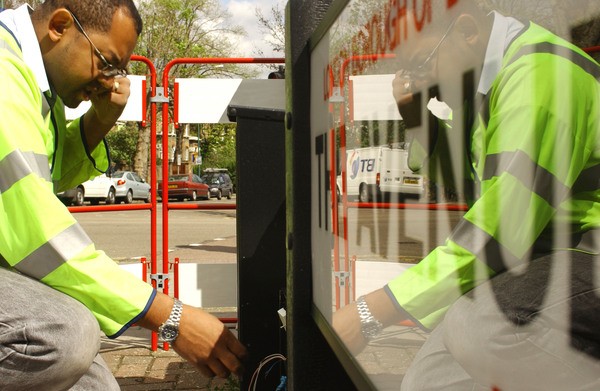
Moving home is a stressful experience at the best of times so anything you can do to minimise the hassle even a little will be welcome. Broadband is one of those things that can cause problems, but with some planning and preparation it’s easy to make it run smoother.
Cancelling, moving and ordering services
Make sure you find out well in advance what kind of warning your phone and broadband providers require to cancel, move or setup new services. If you do not give them sufficient notice when leaving a property your line will not be freed for the next user until after you’ve moved out, causing them hassle and costing you more too. And when moving into a new home you could end up waiting weeks for connection.
Also ensure you fully understand their procedures and are made aware of any costs involved. Moving and retaining the same broadband package should not be expensive but setting up a new service can be pricier.
Don’t assume you can cancel and not pay anything either. If you’re in the middle of a contract you will almost always need to pay a fee for the remaining months, even if you are unable to receive the same broadband service at the new home. And if outside of a contract the provider may still demand a termination fee.
When ending a service always get written confirmation of any fees and final bill amounts to protect yourself in case there are unexpected charges.
What’s available at your new home?
Broadband coverage varies from street to street and you cannot guarantee that your current broadband service will be possible at a new property, so an important part of the process is finding out what you can get.
You can start by simply asking your current provider. They will be perform some checks and advise what packages they may be able to offer.
Or to find out more for yourself you can use online tools. Broadband Genie offers a postcode filter to sort deals by location while www.SamKnows.com provide a detailed breakdown of all exchanges in the UK, showing precisely which services are available where.
To get the most accurate picture you need a landline telephone number as well as the address, so when moving into a new property you may want to request the current occupiers number. If they don’t mind giving this out it will enable you to discoverA exactly what your options are, otherwise some ISPs may need you to sign up for a basic ADSL package first before later upgrading to speedier fibre optic broadband.
Does fast broadband matter?
There’s growing evidence that fast broadband is an increasingly important factor when choosing a new home. It’s been claimed that poor connectivity could impact house prices by as much as 20%, and research has found that many buyers considered broadband more important than transportation links or schools when searching for properties.
When hunting for a home you should look into the broadband situation using the methods above. Even if it doesn’t matter to you it may be a consideration when it comes to selling it on or letting it out.
Alternatives to home broadband
If conventional fixed line home broadband is slow or unavailable there are a few alternatives to consider. You might want to skip the need for any kind of line by using wireless, mobile or satellite broadband.
With wireless broadband you get access to a wide area Wi-Fi network via a receiver mounted outside. They’re not a common solution in the UK but can provide excellent performance at a reasonable cost so it’s worth finding out if there’s a provider in your area.
Mobile broadband can be another affordable and straightforward alternative. Both 3G and 4G mobile broadband are capable of delivering fast internet (comparable to ADSL in the case of 3G, and fibre optic on 4G). However, it does require good network coverage and the running costs could be high as these are not usually geared toward intensive home use.
Satellite broadband comes with hefty setup costs for the equipment, but in return you get speeds up to 22Mb just about anywhere – it just requires you to be within the footprint of the satellite and have the ability to mount a dish with a clear view of the sky.




 POSTED BY
POSTED BY 

